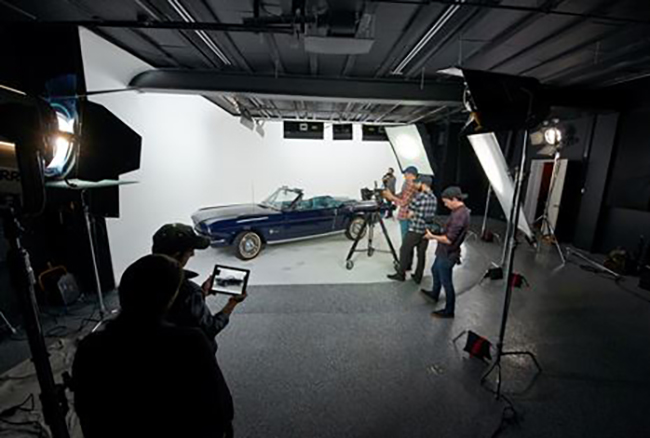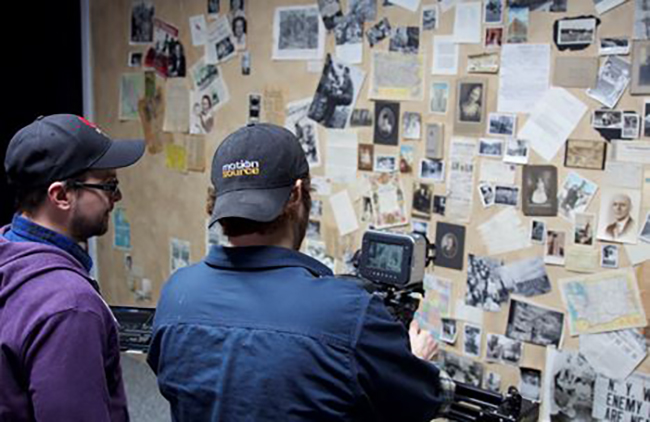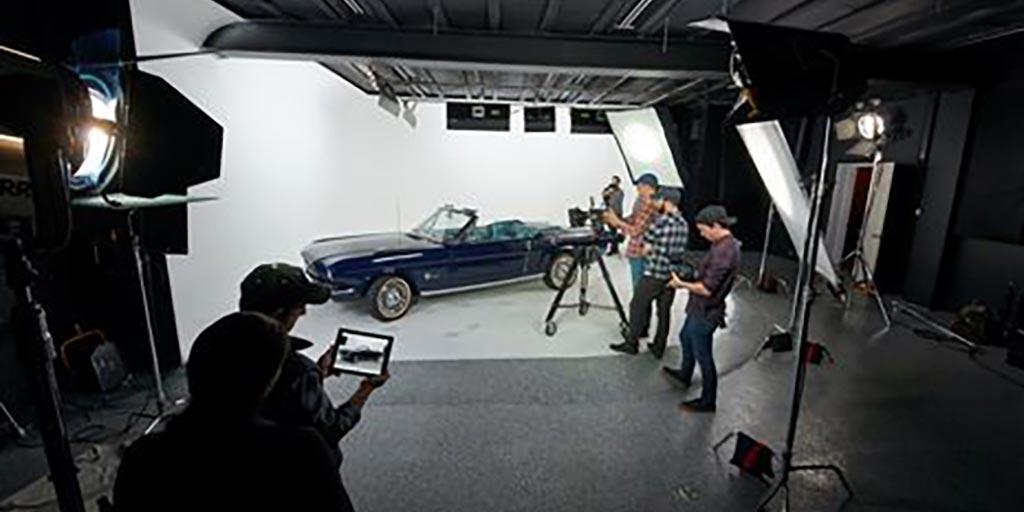
In 1991, Anthropologist Donald Brown released a book entitled “Human Universals.” After scouring the ethnographic literature, Brown came to the conclusion that there were hundreds of cultural characteristics and behavioral traits that were consistent across all peoples. These abiding similarities include everything from baby talk, to metaphor, to kinship statuses. Now, why am I bringing this up within an article focused on marketing strategy? To make the point that to effectively judge the efficacy of a marketing approach, simply consider your own behavior, as you aren’t so different from the person in the room next door. At our core, humans function in remarkably similar ways: what works for the goose, tends to work for the gander.
With this in mind, what forms of online content distribution do you find yourself most engaged with? If you’re like the majority of your peers and associates, you probably rate video at the top of your list. Consider this statistic, courtesy of Content Marketing Institute, “Audiences are about 10 times more likely to engage, embed, share, and comment on video content than blogs or related social posts.” Does this sound like you? Because it sure sounds like me.
In 2015, Advertising Age reported that “people are posting 94% more videos to the social network.” This is a staggering statistic, and a very clear indication that online communication is progressively becoming more and more video based. Why is this? Why do we prefer video to other forms of content distribution such as text and images?
VIDEO IS THE KING OF CONTENT

There are, of course, information processing and retention benefits to video. For instance, when reading text the only signifiers for future recollection are the words themselves, and perhaps a few scattered pictures. However, when watching a video, an audience member can utilize the visual and aural cues present to aid with retention and remembrance. Reading the word “wolf” does not communicate with the efficacy of seeing and hearing the said animal. We could continue to delve into signifiers and mnemonics here, but that isn’t really the point. Video certainly assists with the mechanics of successful information intake and recollection, but these mechanics aren’t why you, and me, and the rest of the connected world so often prefer video to other avenues of content distribution.
So what is the point? The point is that we are an emotional species before we are an intellectual one, and it is video and the forms of storytelling that it inspires, that really tap into our storytelling substrate. We want the story, we want the journey, we want the feels (as the kids say)! This is why we continue to spend exorbitant amounts of money on movie tickets, cable bills, and VOD downloads. We thrive for emotional connection and activation, and nothing is as capable as the video art at doing this. The question now becomes, how do we best utilize video to capitalize on this core truth about human nature?
IT’S ALL IN THE FACE
Faces. Nothing draws, and holds, a human being’s attention quite like a face. Faces are magnetic, faces tell a story, faces communicate subtle and complex layers of emotion that words are simply incapable of. If there is a person within the scene of a video, you will generally be staring at their face. You are programmed to do this, and there is a deep rooted evolutionary significance to this behavior. Just go with it! And a photo of a face doesn’t do it; we want the ever evolving landscape of a human face, sending us it’s subtle, and not so subtle, transmissions of what is going on just beneath the surface. This engages us on a visceral level that simply cannot be achieved behind the wall of a frozen frame, and certainly not across the gulf of words.
CAN YOU HEAR ME?
Next in line is speech. The written word is one of humanity’s greatest achievements, and has been the overall impetus for cultural evolution. But the written word carries no emotional weight. Our great poets can string words into tapestries that move us, but these tapestries will never move us like a human voice reciting the same words. We are attracted to voices for much the same reason that we are attracted to faces: the majority of our time on this planet, humans were not sitting behind screens like I am now–communication and interaction typically occurred in the flesh. Voices, much like faces, can tell a story. And, perhaps more importantly, voices give us further insight into the nature of the messenger. It is also worth mentioning that translations services, such as those Interpro has provided to our company in the past, allow for this voice to tell a story and break through the language barrier.
Taken together, the human face and voice allow us to be exceptional mind readers. These two components of expression telegraph more subtle signals than we can even imagine, and our wonderfully complex brains ingest and organize these signals are lightning speed to give us an overall impression of the information presented. If the message is sincere, this system is unparalleled in its ability to influence and inspire. On the flipside, if the message is disingenuous, this system will pick up on that, and paint a much more negative picture.
MUSIC MAKES THE MOOD
Another component to video that is often taken for granted is music. Music, much like faces and voices, move us on a very primitive level. Hollywood knows this better than anyone, consistently employing music to direct emotions within a scene. If you doubt the efficacy of this, attempt watching scenes from your favorite films without the music present: Jaws isn’t nearly as scary without the crescendoing tones of its theme. And, who can debate that specific songs and albums mark points in our emotional existence and development much more effectively than other elements?
TYING IT ALL TOGETHER
Alrighty, now that we’ve gone through the emotional core of a video, let’s see how these actually function within the setting of a marketing piece to enhance its potency, by using the example of a video testimonial.

Testimonials on websites, or within the greater breadth of an organization’s marketing strategy, are generally text based affairs, with the possible addition of a headshot. Remember those subtle cues triggering an impression of sincerity? None of those are present here. Now, let’s change the situation. Instead of text and a headshot, let’s actually put the subject of the testimonial on film. Through observing the visual and aural signals that they send, an audience member can truly appreciate the sincerity of their message. We often act based on sincere recommendations from friends and peers. When someone tells us in passing about the amazing new novel that they read, and how it changed their perspective on the universe, we are apt to purchase the same title. If you want to tap into this effectiveness, it pays to accommodate a truly satisfied customer of your business to deliver the message on video. The audience will be capable of deciphering the sincerity in the speaker’s presence, and are much more likely to be motivated by this sincerity.
Want to add to the potency of this cocktail? Apply an inspirational musical track to the video, and now you have a powerful, primitive emotional motivator directing the entire experience. Follow this prescription, and you will be firing on all cylinders in the race to convince and convert potential customers, clients, and supporters. Video truly is the great unifier, and the preference for it as a content delivery form is seemingly on its way to being included in an updated list of human universals. Now, if you can make that video relevant to global markets, via video translation into key languages for your market, you’ve written the most potent possible story.
This was a guest article written by Craig Bass. Craig is the co-owner and Creative Director of Motion Source, a full-service video production company located in the suburbs of Chicago. When he isn’t focusing his attention on turning out evocative promotional videos for clients, he continues his passion for filmmaking via short films and music videos.


